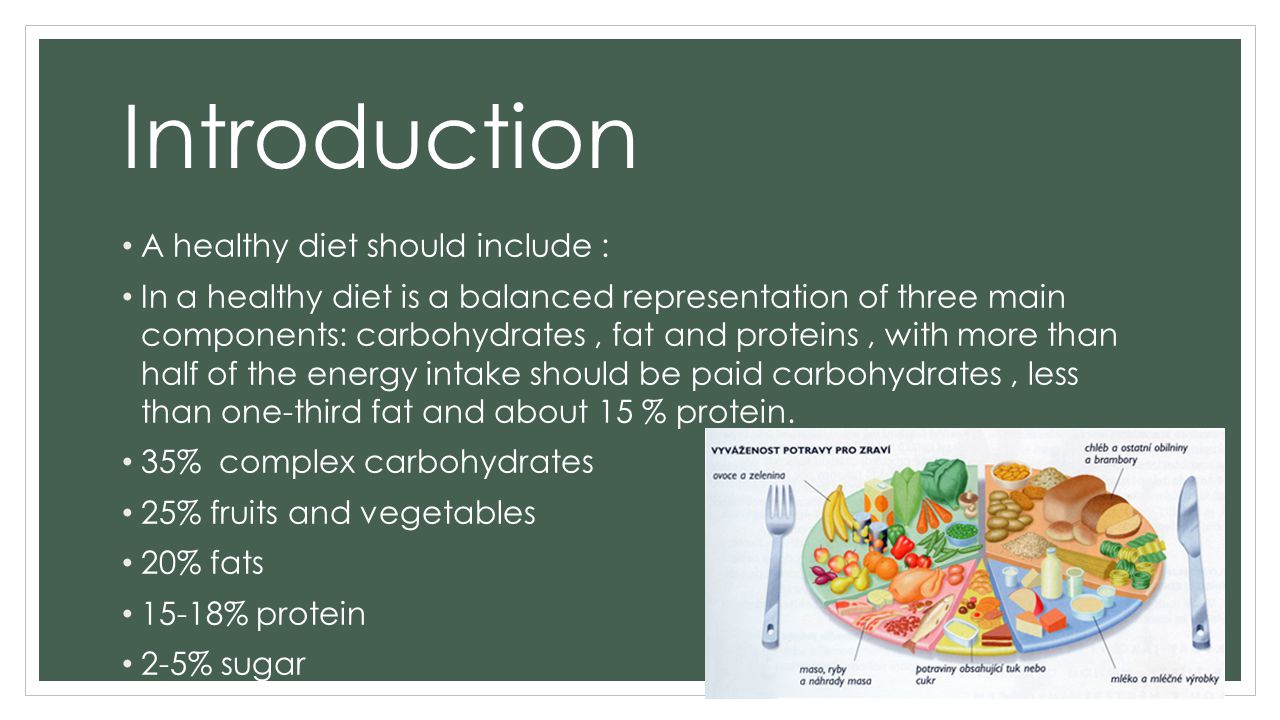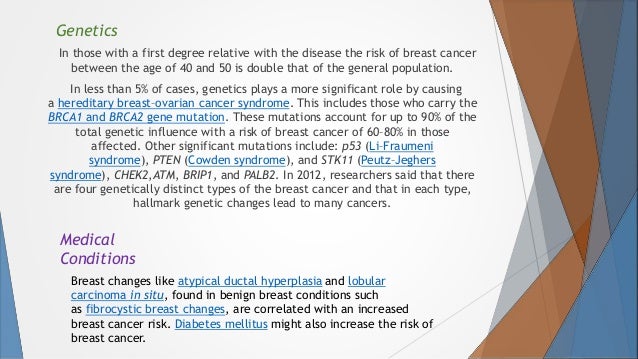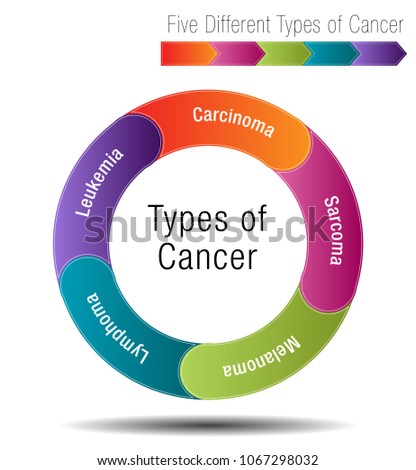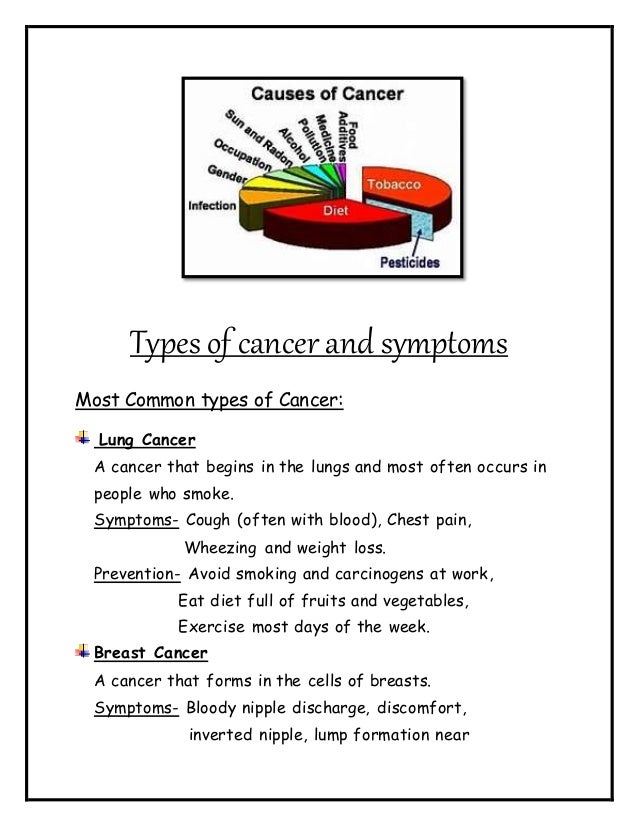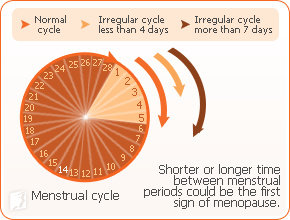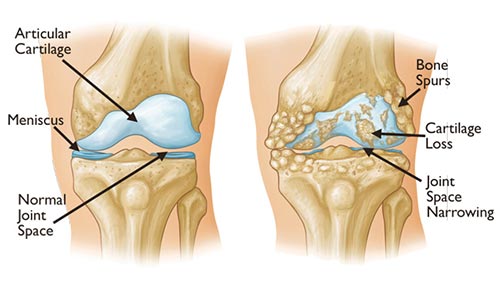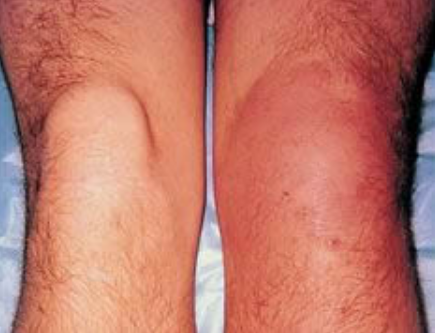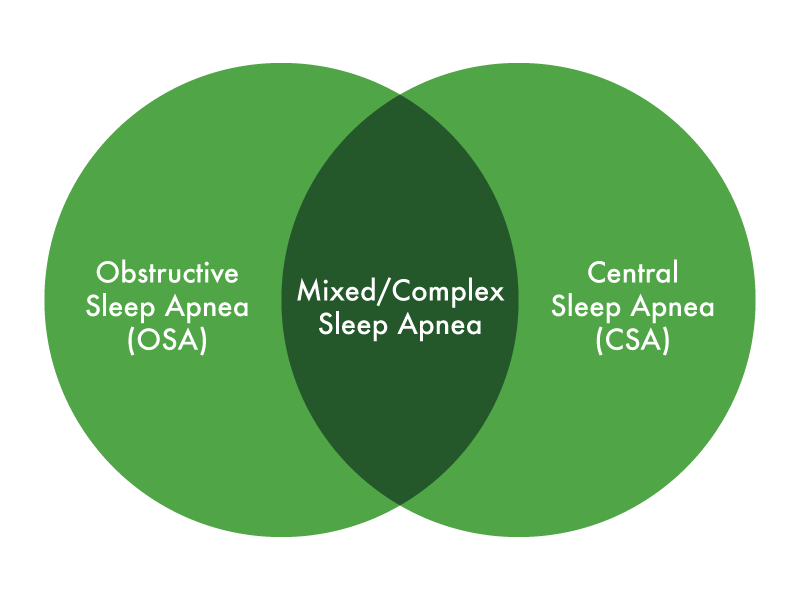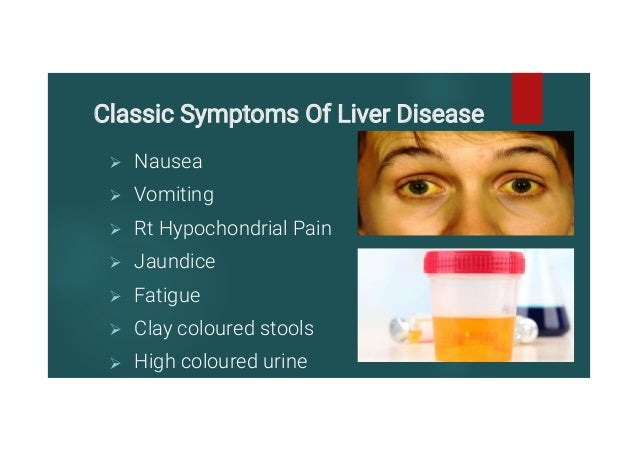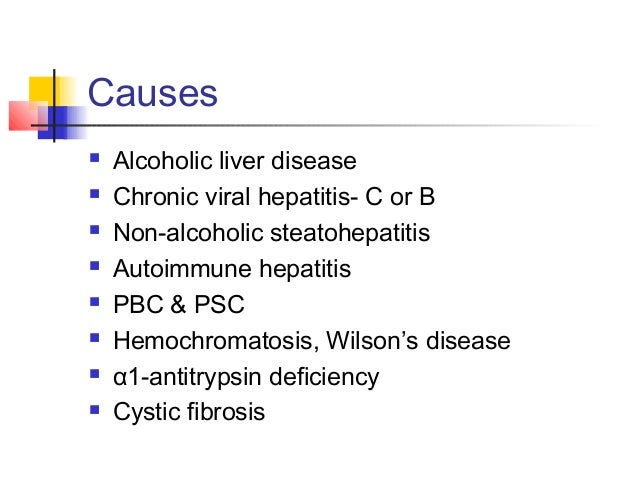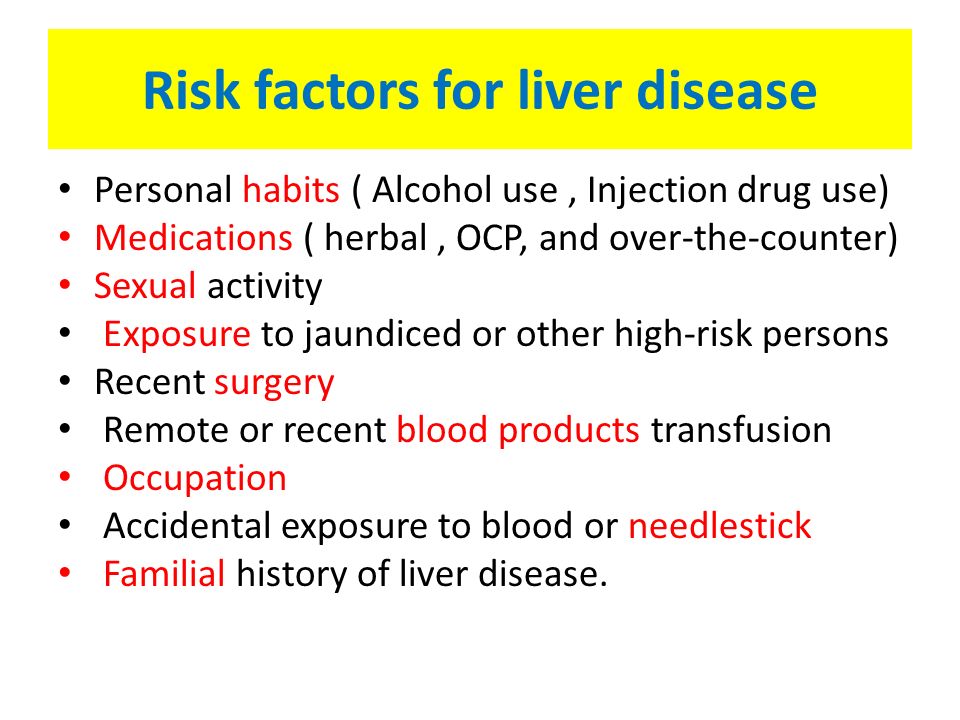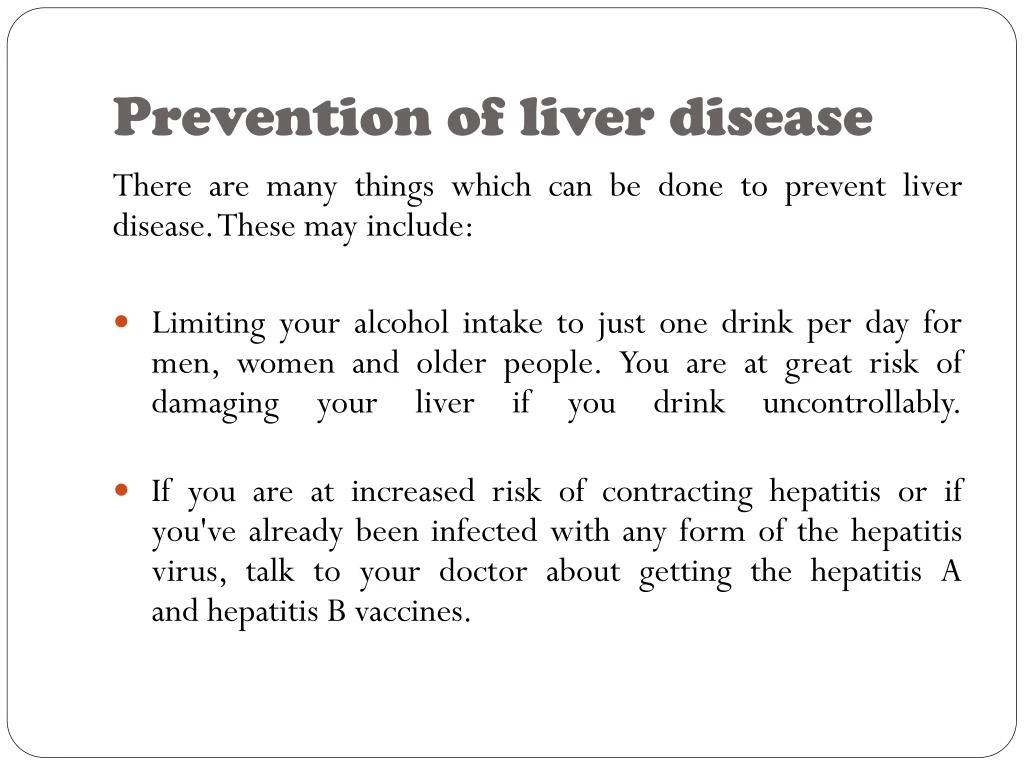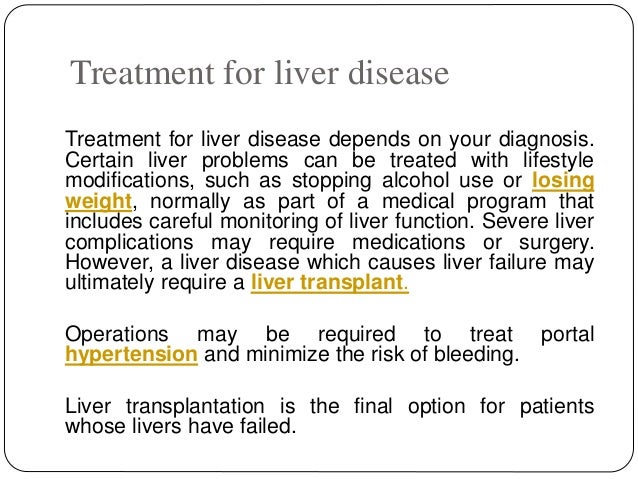What is the diet and keys of a healthy diet?
- Cereals like Wheat, Barley, Rye, Rice which is also called staples.
- Lentils or Beans which is also known as Legumes.
- Fruits and Vegetables
- Food gets from Animals like milk, meat, fish, etc.
- There are important sources of vitamins, minerals, fibre, plant protein etc. in Fruits and vegetables.
- People who eat more fruits and vegetables have a lower risk of obesity, Heart Diseases, Stroke, Diabetes etc.
- Fats and oils are sources of energy. But eating too many fats and oils are not good for health. It leads to a huge risk of Heart Diseases and stroke.
- Using Unsaturated vegetable oil( like Olive oil, corn, sunflower) leads to healthier fats rather than saturated vegetable oil(Butter, Curd, Ghee).
- Sugar is also considered as an energy source. But taking too much lead to cause dangerous diseases like Diabetes.
- Choosing Fresh fruits instead of taking sweet snacks like Cakes, Cookies, Chocolates, etc. which takes more amount of sugars.
What are the Keys to a Healthy Diet?
Developing Eating Habits is a good thing it is not as confusing or restrictive as other people imagine. The necessary steps we have to take:-
- Eat food derived from plants- fruits and vegetables, grains and legumes and highly processed food.
- If you want to eat animals food then add some dairy products, fish poultry, lean meat, etc.

4. Limit sugary foods, beverages, and grains- This includes soda, regular pasta, candy, and many snacks goods. High intake of sugar causes inflammation, and increase the risk of diabetes and insulin resistance.

5. Go for whole grains- At least half of your grains such as whole wheat, oats, barley or brown rice. Whole grain retains the germ and bran thus all of the nutrients and fiber of the grain.

6. Limit highly processed food: Processing food is not a bad thing. Cooking raw ingredients has also come in processing. Processing, we can say reserved for commercial foods, usually packed.

7. Limit Saturated Foods: The saturated foods always lead to boost levels of LDL(bad) cholesterol had so many effects. For limit, your taking this diet, buy lean chicken, skinless poultry or low-fat dairy products.

8. Emphasize Unsaturated fats: You found unsaturates fats in nuts, seeds, avocados, etc. You should consume these high-fat foods in place in order to high-calorie foods.

9. Don't worry about dietary cholesterol:

10. Cut-down on Sodium: There are so many foods like processed foods and restaurant meals in which there is an excess amount of sodium which raises blood pressure in many people and has many adverse effects.

11. Get Vitamins and Minerals from Food, not pills:

12. Get enough calcium and Vitamin D:

13. If you drink alcohol, do so in moderation:

14. Enjoy Your Food: Food is a source, a challenge, a source of dread for many people as they try to overcome eating food habits.

Read More:











